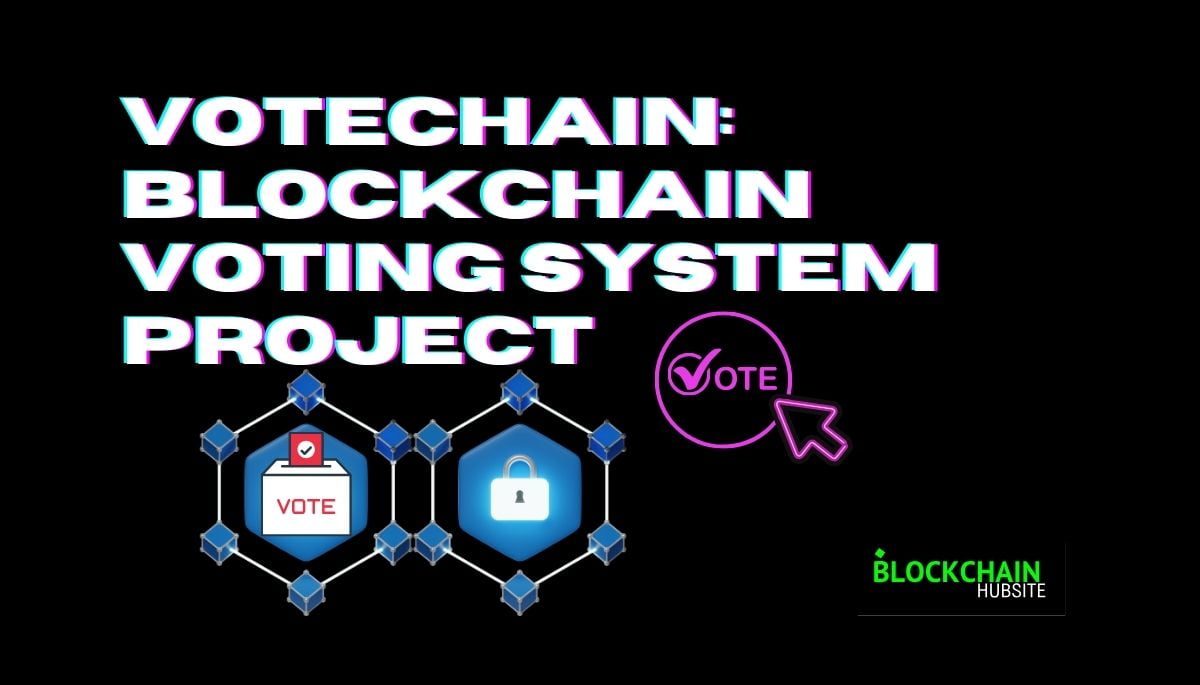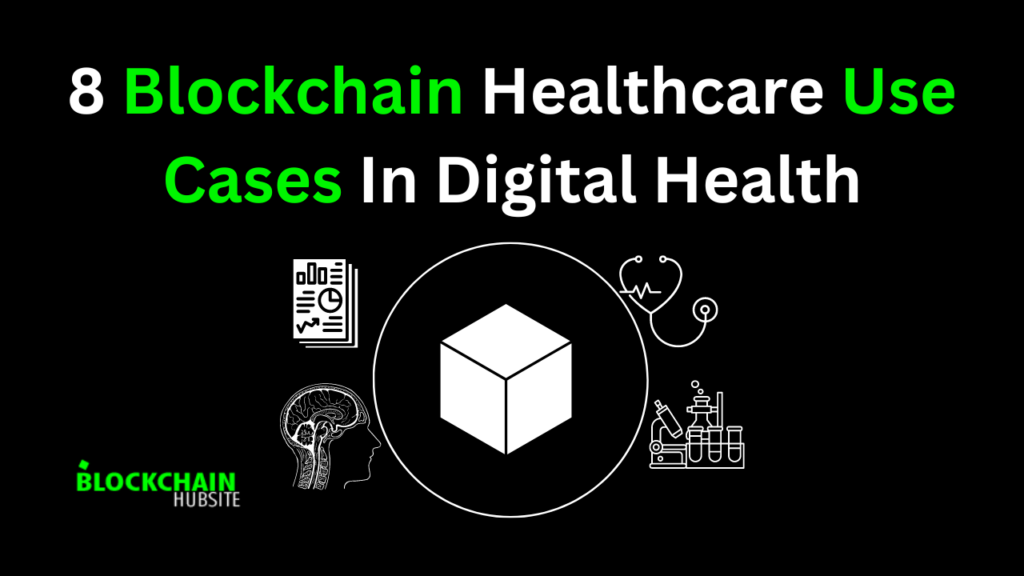
Table of Contents
Voting is an essential pillar of modern democracies, allowing citizens to actively engage in collective decision-making processes and select their representatives. Nevertheless, despite its crucial significance, the techniques employed for voting have shown minimal improvement throughout the years. Although traditional paper-based voting methods have benefits such as simplicity and safeguarding voter privacy, they also come with several obstacles and disadvantages.
Some of these problems include high logistics and operations costs, difficulty for voters in rural areas or with disabilities, concerns about honesty because of mistakes and possible corruption, and general inefficiency in running large-scale elections. Electronic voting systems seek to alleviate some of these problems by automating the voting and tallying procedures, resulting in quicker and more convenient experiences, whether through specialized devices or internet platforms.
Nevertheless, electronic voting methods bring about novel hazards and susceptibilities, including the possibility of vote tampering, breaches of privacy, and centralized weak spots that are prone to cyber-attacks or interruptions in service. As a result, there is an increasing demand for secure, transparent, and auditable voting systems that can uphold the integrity of the democratic process while making use of modern technological breakthroughs.
The decentralized, immutable, and secure nature of blockchain technology offers a compelling chance to transform online voting systems. We can create a voting platform that is resistant to tampering, highly transparent, and accessible to voters globally by leveraging blockchain’s capabilities, such as distributed ledgers, consensus mechanisms, and cryptographic security. We can preserve ballot anonymity and voter privacy.
Voting System Types and Requirements

Voting System Types
1. Traditional Voting
- Paper-based Voting: Election officials gather and count the paper ballots that voters manually mark with their selections. You can do this from home (by mail) or at a voting place.
- Mechanical lever machines: Voters choose a candidate by pressing a lever next to it, which moves the number for that candidate up one.
2. E-Voting, or electronic voting
Punch card: Voters use a pen to cut out chads on specially changed cards that represent the candidates they want to vote for. Next, a card reader counts the punched cards.
Direct Recording Electronic (DRE): Voters record their selections straight into computer memory by interacting with electronic devices (dials, touchscreens, or pushbuttons). For auditing purposes, some DREs contain a Voter Verified Paper Audit Trail (VVPAT).
Optical Scanning Systems: Voters mark their selections on ballots that are machine-readable. Voters use specialized computer hardware and software to scan and interpret the ballots.
Ballot-Marking Devices (BMDs): With BMDs, voters can mark their choices on an electronic ballot and receive a human-readable paper ballot without having to store their vote online.
Internet Voting (I-Voting): I-Voting, or Internet Voting, allows voters to cast their ballots and submit them electronically. This covers online, mobile, and distant electronic voting.
Blockchain-based E-Voting: Blockchain-based E-voting is an online voting method that uses blockchain technology to allow people to vote and keep track of the votes they cast in a decentralized, peer-to-peer computer network.
Voting System Requirements
We can define a requirement in the context of software or systems as a need or constraint, and further subdivide it into functional and non-functional requirements. Complying with a variety of standards is necessary for an electronic voting system. These requirements include non-security requirements that are functional and non-functional, as well as security requirements that are both functional and non-functional.
1. Non-Security Requirements
Functional Requirements
- User-Centric Voting Design: The voting system should possess a user-friendly interface and offer choices in an unbiased manner, ensuring ease of use for all individuals.
- Flexibility: Flexibility refers to the capacity to adjust and conform to multiple formats, languages, and types of ballots while also being compatible with diverse systems and technologies.
Non-Functional Requirements
- Equality: ensuring that all voters have equal voting rights, opportunities, and access to information, irrespective of the voting procedure.
- Accessibility: It refers to the act of ensuring that voting infrastructure is accessible to those with disabilities or functional limitations.
- Openness: It refers to the level of transparency in the operation of the voting system, which includes both hardware and software components. It allows citizens to understand and verify the system’s workings.
- Auditability: Having a persistent audit trail that guarantees voter confidentiality allows for auditability, which is the ability to verify that all votes are appropriately accounted for in the final total.
- Cost-effectiveness: It refers to systems that are affordable, reusable, and require minimal setup or maintenance when compared to traditional voting methods.
- Interoperability: This refers to the ability to seamlessly integrate and ensure compatibility between various components and technologies by using universally accepted interfaces and protocols.
2. Security Requirements
Functional Requirements
- Authentication and Eligibility: validating voter IDs using registration databases, ensuring that only qualified voters can vote once, and safeguarding against any modifications.
- Anonymity and Secrecy: Preserving voter anonymity involves dissociating their identity from their vote while ensuring the confidentiality of the vote content.
- Uncoercible Ballot Assurance: This method not only prevents external influence, coercion, or vote-selling, but also permits voters to cast invalid ballots without jeopardizing the integrity of the election.
Non-Functional Requirements
- Integrity and Reliability: safeguarding the integrity of data and systems by preventing unauthorized modifications, ensuring consistent functioning without loss or modification of votes, and preserving functionality even in the face of failures or harmful software.
- Detection and Monitoring: Facilitating comprehensive examination and assessment of the system by professionals, as well as continuous monitoring and recording of activities and errors throughout the voting process.
- Fairness: maintaining a fair voting atmosphere without biased or misleading data, and ensuring that the system does not influence voter intentions.
- Verifiability and Accuracy: This feature allows voters, officials, and observers to verify the accuracy of vote recording and counting by offering direct control over ballot choices and independently verified proof of valid votes reflected in the results.
- Availability: ensuring uninterrupted access to the system for all eligible voters, safeguarding against denial of service assaults, and implementing redundancy and backup measures for disaster recovery.
Blockchain E-Voting: Real-Life Examples and Deployments

- Luxoft: Global IT services company Luxoft is building an electronic voting system for the first-ever consultative blockchain-based vote in Zug, Switzerland. They used Hyperledger Fabric to develop an authorized blockchain system that includes a network, apps, and algorithms. uPort granted authorization to Zug’s digital ID registration app on the Ethereum blockchain, enabling voters to cast their ballots.
- Votem: Votem is a startup that focuses on election management and uses the CastIron platform, which is based on blockchain technology. This platform provides functionalities such as a decentralized database, data integrity, access control based on permissions, and a record of all actions taken. Votem has effectively managed more than 13 million voters in government elections and associations globally, demonstrating a flawless record of no occurrences of fraud, compromise, or hacking.
- Voatz: Voatz is a mobile voting application that utilizes blockchain technology. In 2018, West Virginia introduced Voatz specifically for foreign military voters participating in the US midterm elections. The system incorporates biometric validation to authenticate voters. Nevertheless, a recent study uncovered significant vulnerabilities that might potentially enable malicious individuals to monitor, manipulate, or block ballots.
- POLYAS: Finland conducted the first POLYAS online election in summer 1996, with 30,000 voters in three languages. The startup utilizes blockchain technology to provide an electronic voting system to both the public and private sectors. In 2016, Germany’s Federal Office for Information Security awarded the initial certification for online elections. The online voting system fulfills the requirements of anonymity, accuracy, singularity, verifiability, and auditability. Several prominent companies in Europe and the USA utilize POLYAS to oversee their electronic voting systems.
- Polys: Polys is an internet-based voting system that utilizes blockchain technology to enhance the security and transparency of the voting process and outcomes, with the goal of boosting trust and confidence. The system utilizes cryptographic methods in conjunction with the blockchain to safeguard the anonymity of voters. Additionally, voters have the ability to verify the integrity and authenticity of their votes at any given moment.
- DecentraVote: DecentraVote, a Vienna-based company, introduced a blockchain-based solution for online meetings. The system operates on a publicly accessible Ethereum network that employs a consensus mechanism called Proof of Authority. Additionally, it utilizes validator nodes that require authorization to participate in the network. The smart contract establishes a Merkle tree of voting rights on the blockchain, while Zero-Knowledge Succinct Non-Interactive Argument of Knowledge (zk-SNARK) generates proof for voting rights off the blockchain. However, DecentraVote does not deal with national elections.
Benefits of utilizing blockchain technology for electronic voting solutions
- Security: A significant advantage is security, which includes non-repudiation (preventing voters from contesting their cast votes), durability (preventing data loss), immutability (preventing vote modifications), integrity (assurance of secure design), and stability (resistance to interruptions and hacking).
- Transparency: The fundamental design promotes voting processes that are transparent and public, allowing all participants to independently audit and verify transactions (votes).
- Privacy: safeguarding voters’ personal information, voting preferences, and identities by ensuring anonymity, confidentiality (secrecy), untraceability, and pseudoanonymity (using unique identifiers to conceal true identities).
- Verifiability:Through public and individual verifiability, all participants can confirm the correct casting, storage, and counting of votes.
- Auditability: Auditability refers to the ability to verify the accuracy and veracity of the voting process by using auditing capabilities.
- Accessibility: Giving all eligible voters the same chances to join, including availability (being able to vote at any time during the period), broad turnout (a lot of people voting), and universal access (everyone being able to use the system).
- Decentralization: It refers to the process of dispersing power, responsibility, and operations throughout a network, thereby reducing the influence of a possibly corrupt central body.
- Usability: Enabling a large number of voters to efficiently and successfully cast their votes by ensuring that the system is simple and easy to comprehend.
- Efficiency: Enabling voters to cast ballots quickly and affordably, with respect to cost (affordable setup and maintenance), time (accelerating voting and tallying), and performance (managing massive volumes of data securely and reliably).
- Trustworthiness: The establishment of a system that is secure, transparent, and fair. This system precisely monitors and preserves the integrity of each vote by considering factors such as eligibility, fairness, accountability, uniqueness, correctness, credibility, and reliability.
- Compatibility: Working in tandem with multiple pieces of hardware, software, protocols, and laws necessitates a level of adaptability and flexibility that can handle new situations, as well as diverse frameworks and voting procedures.
- Resistance to coercion: Guarding against fraudulent or coerced voting.
Navigating the Complexities: Challenges in Deploying Blockchain for E-Voting

- Privacy: The first challenge is to ensure voter confidentiality, minimize the possibility of tracking individual voters, and manage the competing goals of auditability and transparency.
- Security: ensuring the voting process remains secure by safeguarding against cyber-attacks, exploits, vulnerabilities in smart contracts, and unauthorized access or disclosure of sensitive voter data, while also maintaining the system’s integrity and availability.
- Scalability: Considering the inherent characteristics of blockchain technology, it refers to the difficulty of maintaining high performance and throughput while supporting rising numbers of participants and transactions.
- Technical aspects: Technical aspects include addressing various application issues such as algorithm constraints, consensus algorithm complexity, hardware compatibility, system integration, interoperability, and authentication scheme constraints.
- Efficiency and feasibility: maximizing computational resource efficiency, minimizing energy consumption, improving performance efficiency, and achieving cost-effectiveness, all while ensuring the practicality of adopting blockchain-based e-voting systems.
- Acceptability and immaturity: Establishing trust and confidence among stakeholders by achieving security, privacy, transparency, and dependability, while tackling the underdeveloped state of blockchain technology in electronic voting through practical trials and thorough review.
- Usability: Striking a harmonious equilibrium between interfaces that are easy for users to navigate, while also ensuring the security and integrity of the voting process.
- Coercion-free voting: shielding voters from outside pressures or coercive factors that could compromise their freedom to cast their votes.
- Accuracy and reliability: The development of strong cryptography techniques, secure consensus algorithms, and extensive auditing procedures are necessary to ensure accuracy and dependability in the counting and recording of votes, eliminating any room for error or omission.
- Accessibility: ensuring equitable access to voting options, which involves tackling the issue of limited internet connectivity in specific areas and providing reliable offline voting alternatives.
- Regulatory and governance: ensuring compliance with laws, handling jurisdictional obligations, safeguarding data privacy, adhering to electoral rules, and developing uniform standards and protocols to ensure seamless communication and compatibility across various e-voting systems.
- Decentralization and consensus strategies: choosing proper consensus mechanisms to safely and effectively validate and confirm transactions while also achieving the right degree of decentralization throughout the electronic voting process to maintain transparency and prevent central points of failure.




